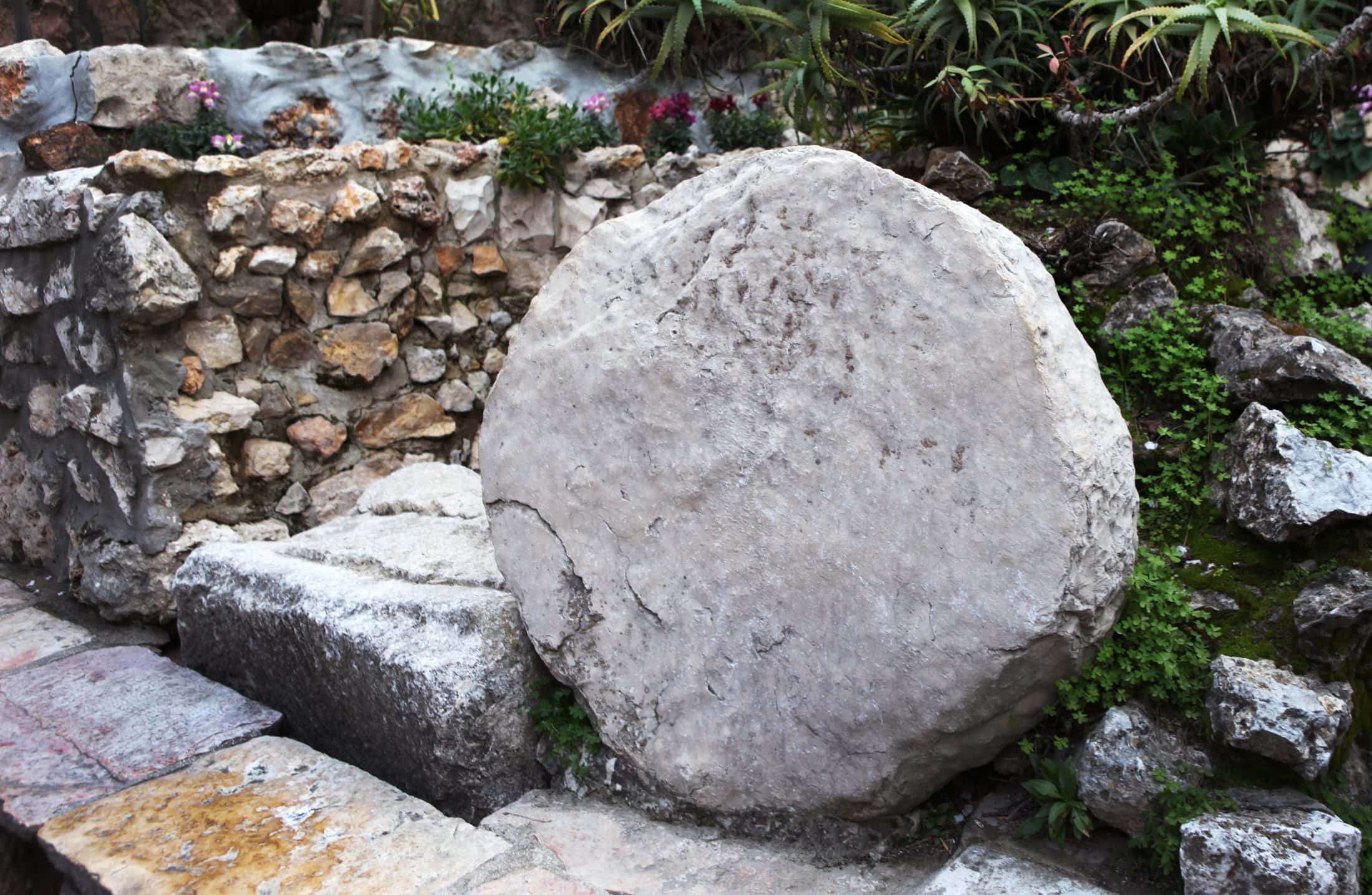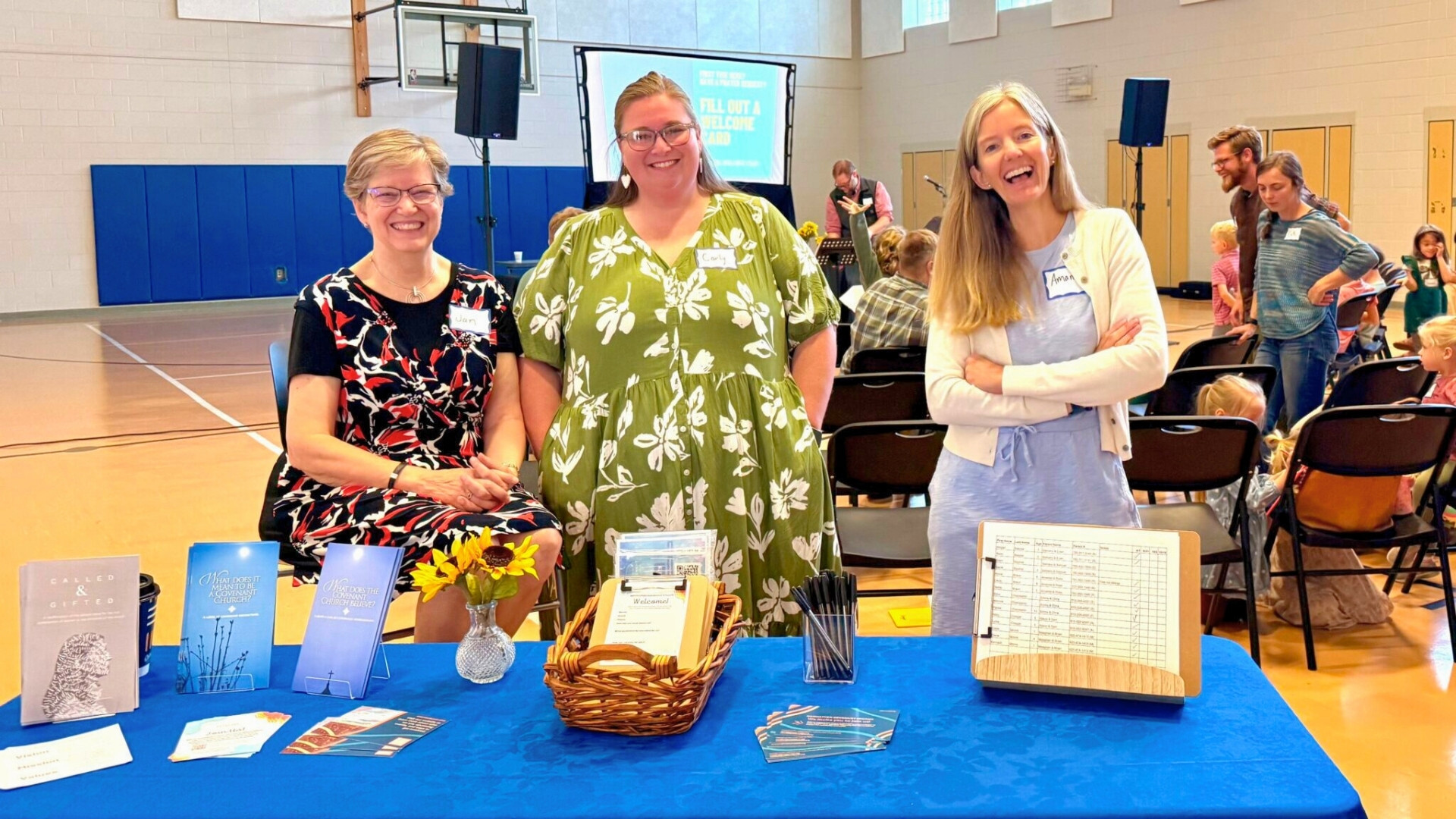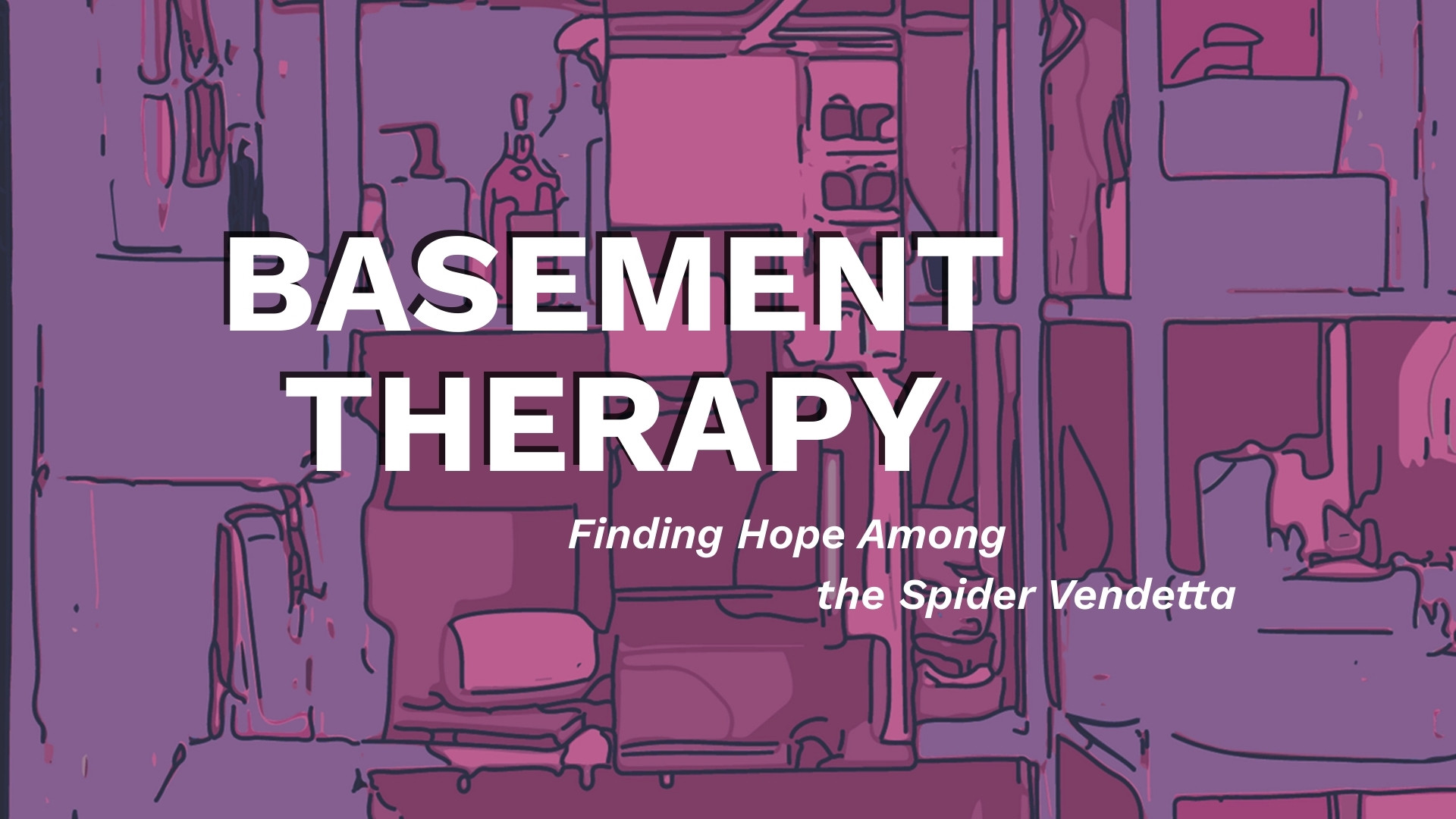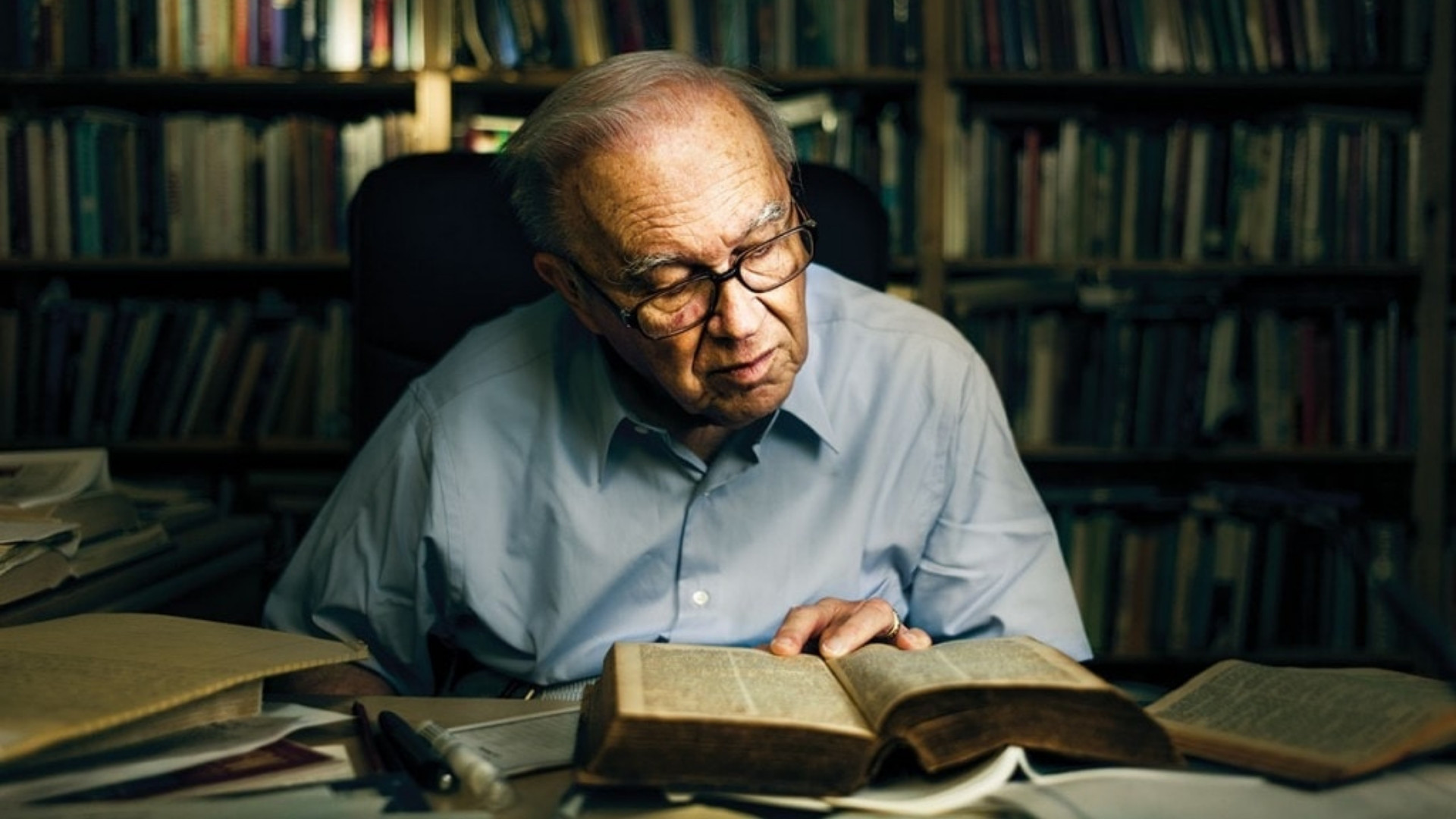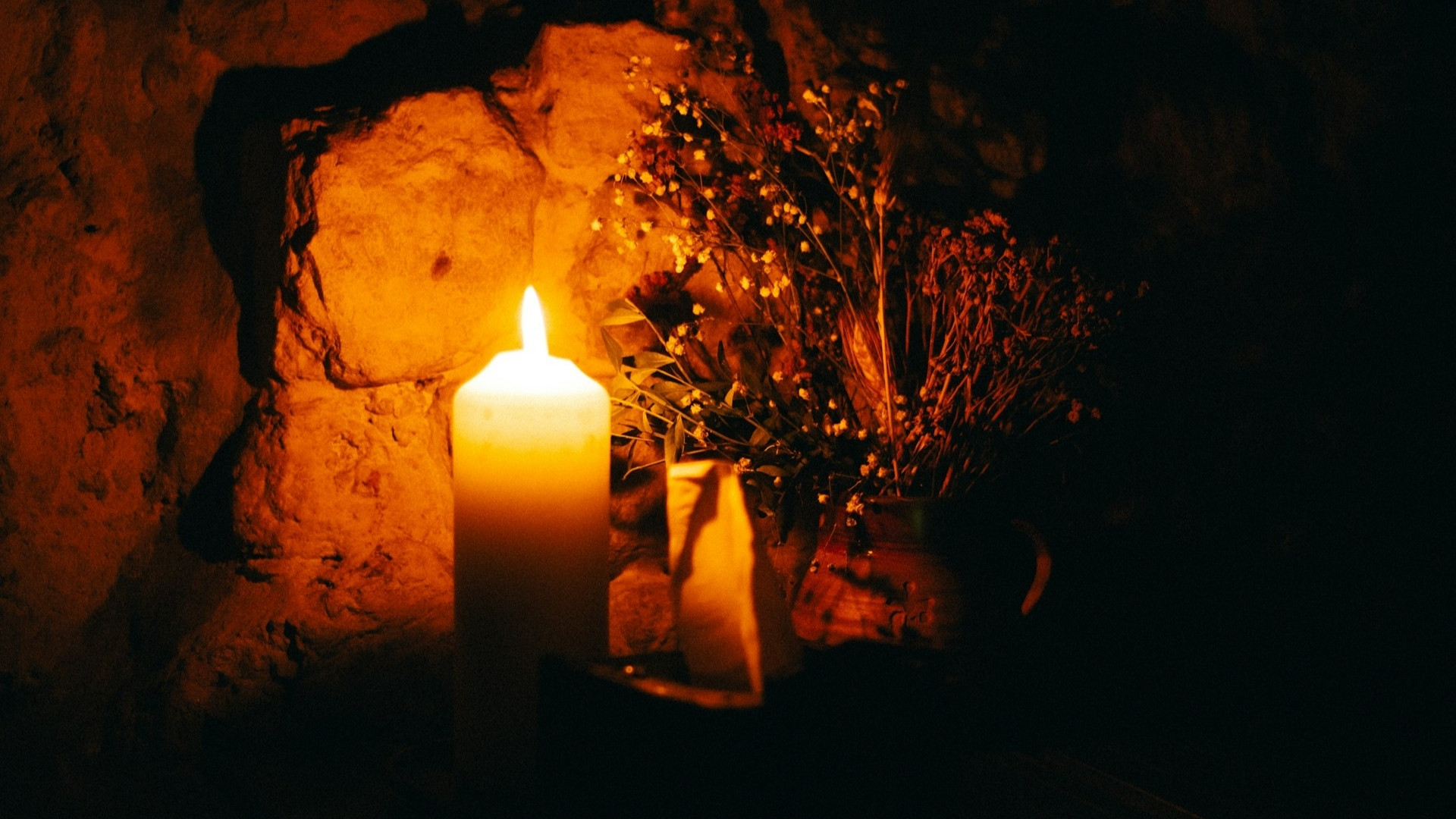As the Stone Gives Way
Practicing the Easter journey
by Diana Trautwein | March 11, 2019
They come into my office, the one I’ve set up in my small home. Or they call on the telephone—by voice alone or with Facetime. Occasionally, they will send a pithy email, asking a particular question for my reflection or submitting a prayer request about a difficult situation. At the rate of two or three per week, I meet with these friends for hour-long sessions of spiritual direction, once a month.
I began training for this particular discipline during my last year of professional parish ministry, hoping that in retirement I might find some new way of encountering God, particularly as God is revealed in and through our oh-so-human stories. It has been a joyous, challenging, heartening journey, this venture into the lives of others, this gentle listening for the Wind of God.
Every session is unique, a reminder of the beautiful complexity of God’s creation and the myriad ways in which each and every human person reflects that truth. Some come seeking discernment about current or future employment options, some are coming to the brink of important decision making in other areas of their lives. Others come because they discover a longing to go deeper in their own understanding and experience of the God who made them.
I believe with all my heart that as followers of Jesus we are an Easter people. That rough-hewn, empty burial cave forms the bright and sturdy foundation of our faith.
All of them are dear, each one a reflection of the love of God made real and tangible before me. As they sit in the dark red leather chair across from me, or as they find some quiet space somewhere across the country while we talk on the phone, we work together to discover the Easter Light in the midst of whatever their own particular Lent might be.
Most of the time, it takes a while for that “stone” to give way. I believe with all my heart that as followers of Jesus we are an Easter people. That rough-hewn, empty burial cave forms the bright and sturdy foundation of our faith and is the goal toward which we point every day we live. But the Lenten seasons of life can sometimes feel long and winding, difficult to navigate, and sometimes exceedingly lonely.
One of my directees is facing a terminal diagnosis. No one knows how long her journey will be, but a whole lot of it feels dark and difficult. Together, we lean in and look for the threads of mercy and joy nestling in the midst of pain and suffering. Our joint prayer is for increasing spiritual vision, for the good kind of stubbornness (yes, it can sometimes be a good thing to be determined and committed, right?) so that we might grab hold of the beautiful and joyous, while, at the same time, honestly explore the mysterious labyrinth of death and dying.
Several of those I meet with are currently working within the institution of contemporary Christianity—in church or parachurch organizations. You might think that the Easter light would be more easily spotted in such situations, and sometimes it does shine bright and clear. But the church and its satellites are living organisms, led by flawed human beings. Sometimes the “boundaries fall in pleasant places” (Psalm 16:6), sometimes not so much. That monthly hour together provides a safe and confidential space for these friends to tell the truth, to shed the tears, to say that sometimes working for God is difficult and complicated. Always, we look together for the sign, the glimpse, the glimmer of holy light that will remind us of resurrection joy, even when it may feel like endless Lent.
Many people who come to me are wrestling with difficult personal relationships within their family circle—a parent battling one kind of illness or another, a broken or a breaking marriage, a wandering child. While I do not and cannot offer therapeutic advice, I can sit with them in the struggle and invite them to, once again, look for the light, listen for the Spirit.
I have walked a long journey with some of these good people, and occasionally it is important—even necessary—for us to pause and reflect on that truth. Remember when you saw God move into that situation and give you a flash of hope? Do you remember facing into this very issue last year (or five years ago) when…? Scripture is filled with the call to remember, and sometimes that is the most important work of direction—remembering together who God is and how God has been at work in the life of the person sitting before me.
Recommended Reading
If you are not familiar with the ministry of spiritual direction, I recommend two excellent books as an introduction:
Candlelight: Illuminating the Art of Spiritual Direction
by Susan Phillips
Holy Listening: The Art of Spiritual Direction
by Margaret Guenther
Online Resources
Association of Covenant Spiritual Directors
covchurch.org/acsd
Ruth Haley Barton’s Transforming Center
transformingcenter.org
Covenant minister Eva Sullivan-Knoff’s Journey Center
journeycenterofchicago.org


